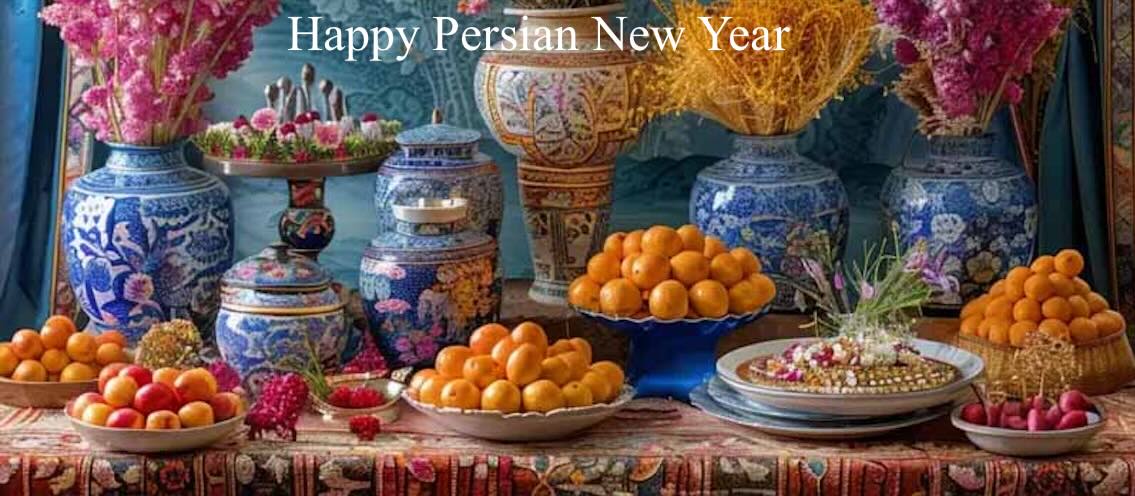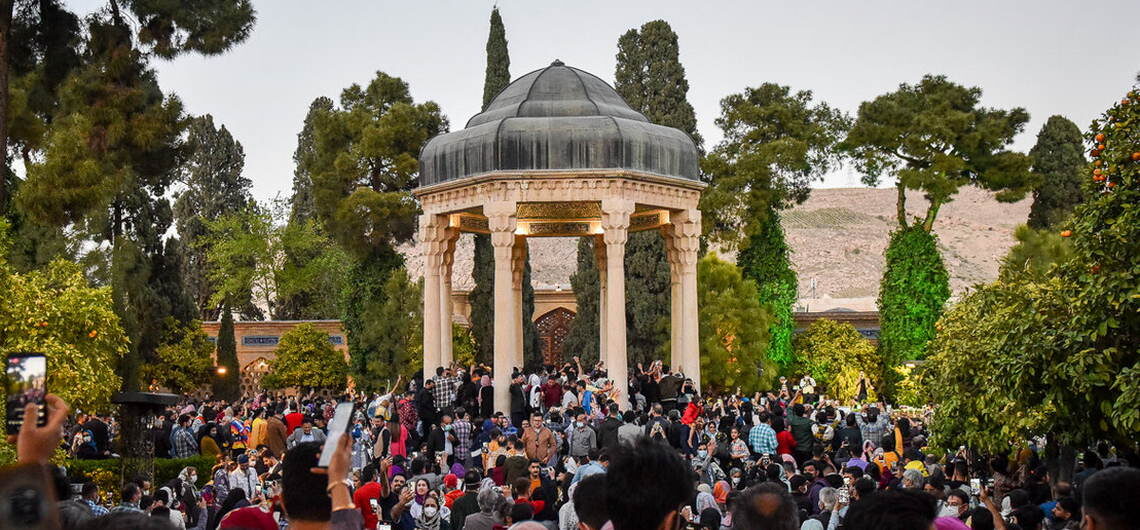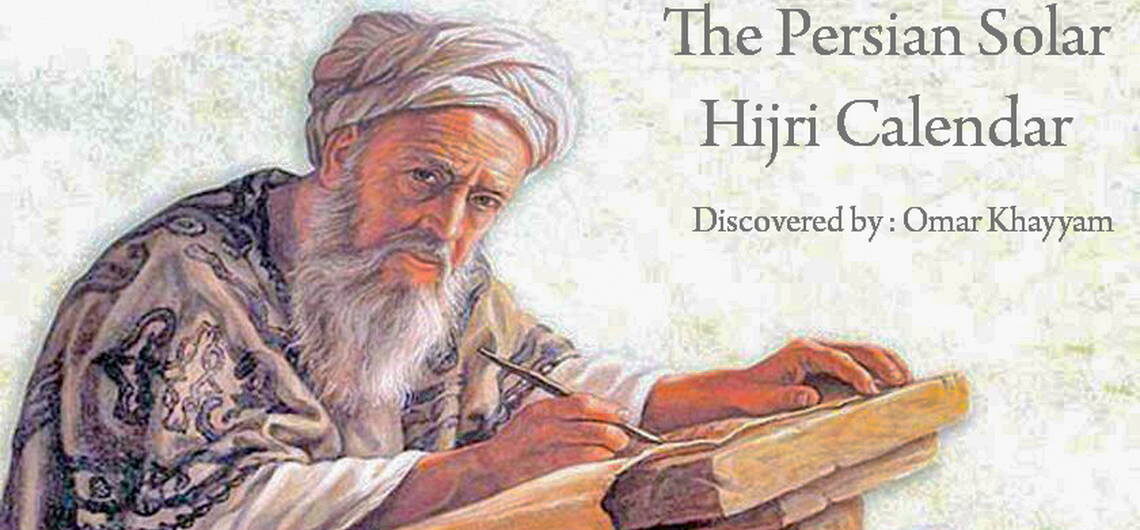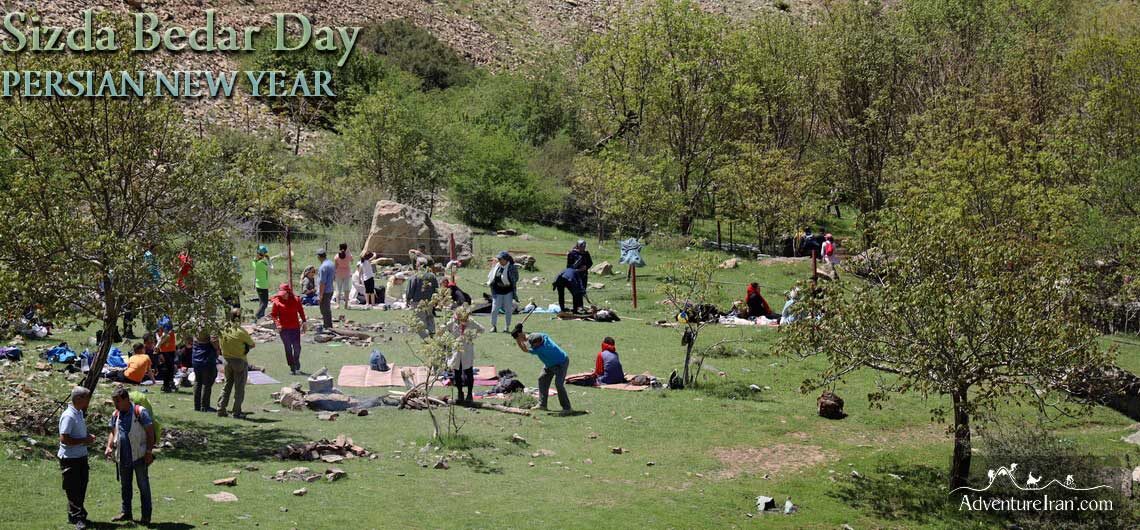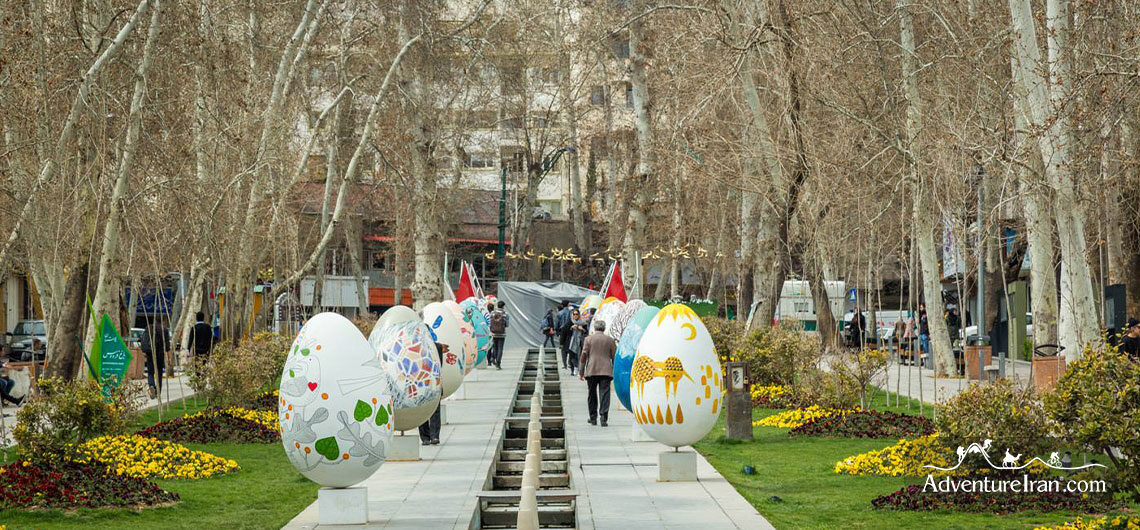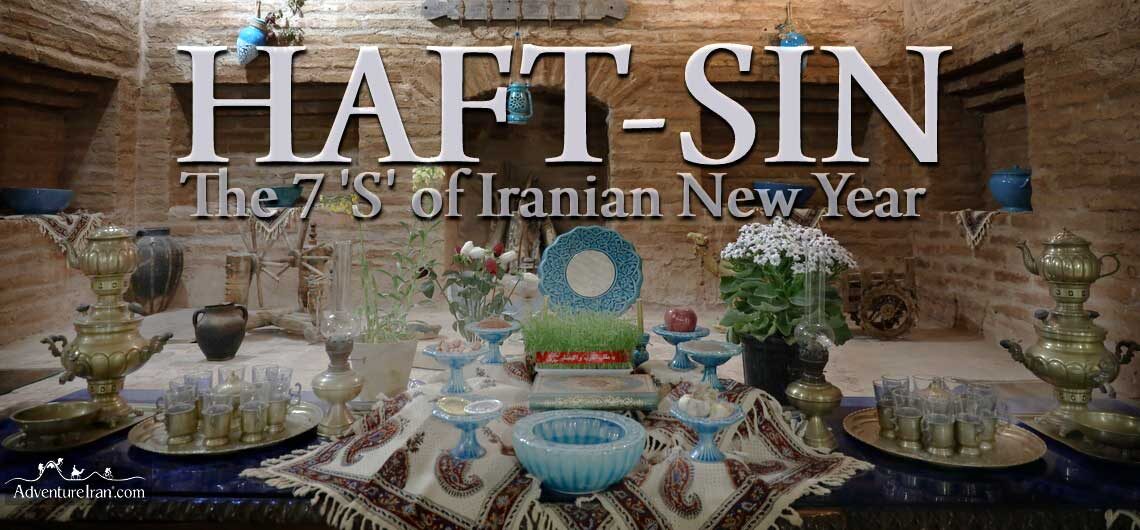Happy Persian New Year from Adventure Iran! As the vibrant colors of spring paint the landscape and the fragrance of blossoms fills the air, we at Adventure Iran extend our warmest wishes for a joyous Persian New Year to all our friends, travelers, and adventurers! Nowruz, or the Persian New Year, marks the beginning of
Busiest Travel Days to Iran
- Culture & History, Events, Travel Tips
- Best time to visit Iran, Iran, Iran High Season, Iran Holiday, Iran Low Season, Iran National Holidays, Iran Off Season, Iran official Holiday, Iran Peak Season, Iran travel advice, Iran travel in Nowruz, Iran Travel tips, Nowrooz, Nowruz, Persian Calendar, Travel tips
Busiest Travel Days of Iran Holiday Season Why you should NOT consider your travel holiday during the busiest holidays in Iran! Iranians travel a lot in Iran and the number of domestic tours is increasing every year. Some travelers travel by themselves and some of them use local travel agencies or tour operators for their
Iranian National Holidays in the Calendar
- Culture & History, Events, Travel Tips
- Best time to visit Iran, Iran, Iran Calendar, Iran High Season, Iran Holiday, Iran Low Season, Iran National Holidays, Iran Off Season, Iran official Holiday, Iran Peak Season, Iran travel advice, Iran travel in Nowruz, Iran Travel tips, Nowrooz, Nowruz, Persian Calendar, Travel tips
Iranian Ancient holidays versus the Muslim holidays Iran has 22 days of official national holidays which are marked in our Shamshi calendar and more unofficial holidays that most domestic travelers use for their holiday time. Some of the occasions date back to Ancient Persia to the Zoroastrian important events such as Persian New Year (Nowrooz)
Sizdah Be-dar Day Sizdah Be-dar is the thirteenth day of Farvardin (the first month of the Iranian calendar) and is one of the New Year’s festivals. In Iran’s official calendar, this day is designated as Nature Day and is a holiday. Some people believe that Sizdah Be-dar day has an ominous feel about it,
Nowruz The Persian New Year Nowruz in Iran marks the first day of Farvardin and the Iranian New Year. In the Gregorian calendar, Nowruz mostly occurs on March 20 or 21 and rarely on March 22 if it’s a leap year. This day in Iran and Afghanistan makes the New Year. UNESCO has registered
Haft – Sin Table Nowruz is one of the oldest and most important festivals in Iran. Haft – Sin Table is an important part of this event. It is being celebrated since ancient times with numerous customs. Nowruz is the celebration of the New Year. One of the most famous Iranian Nowruz ceremonies is

